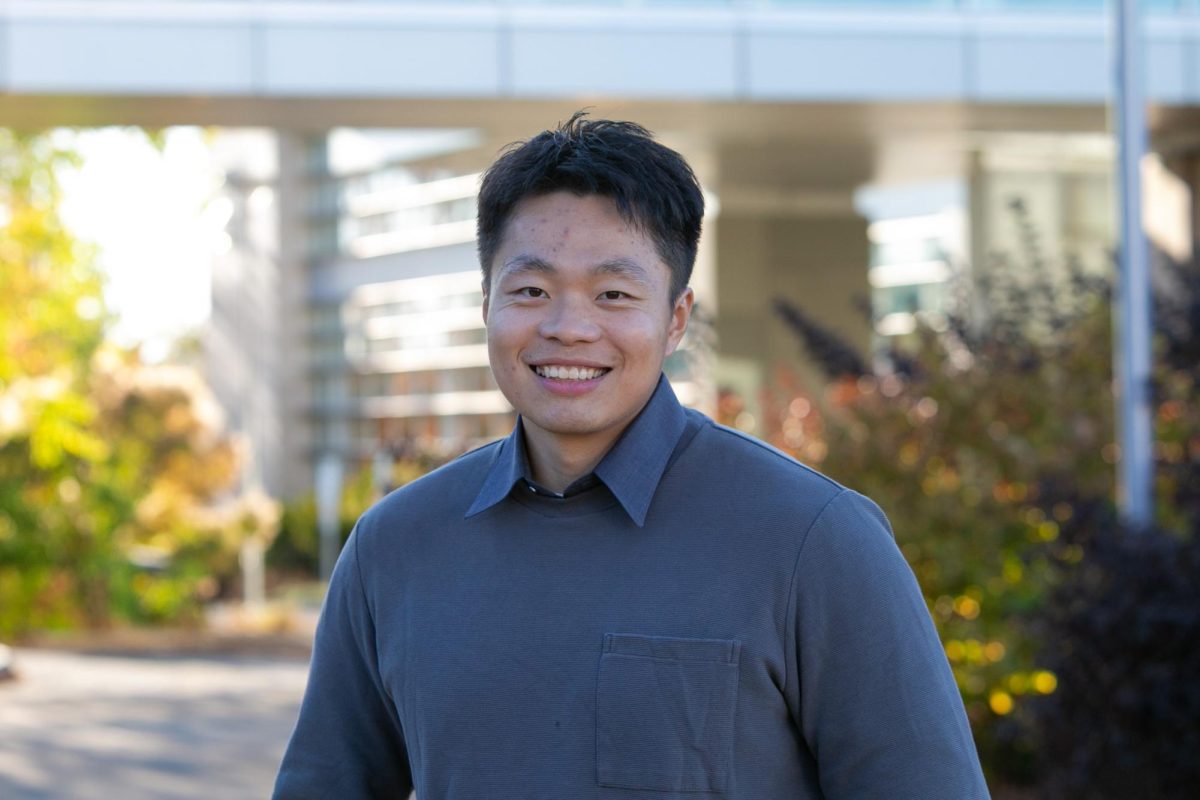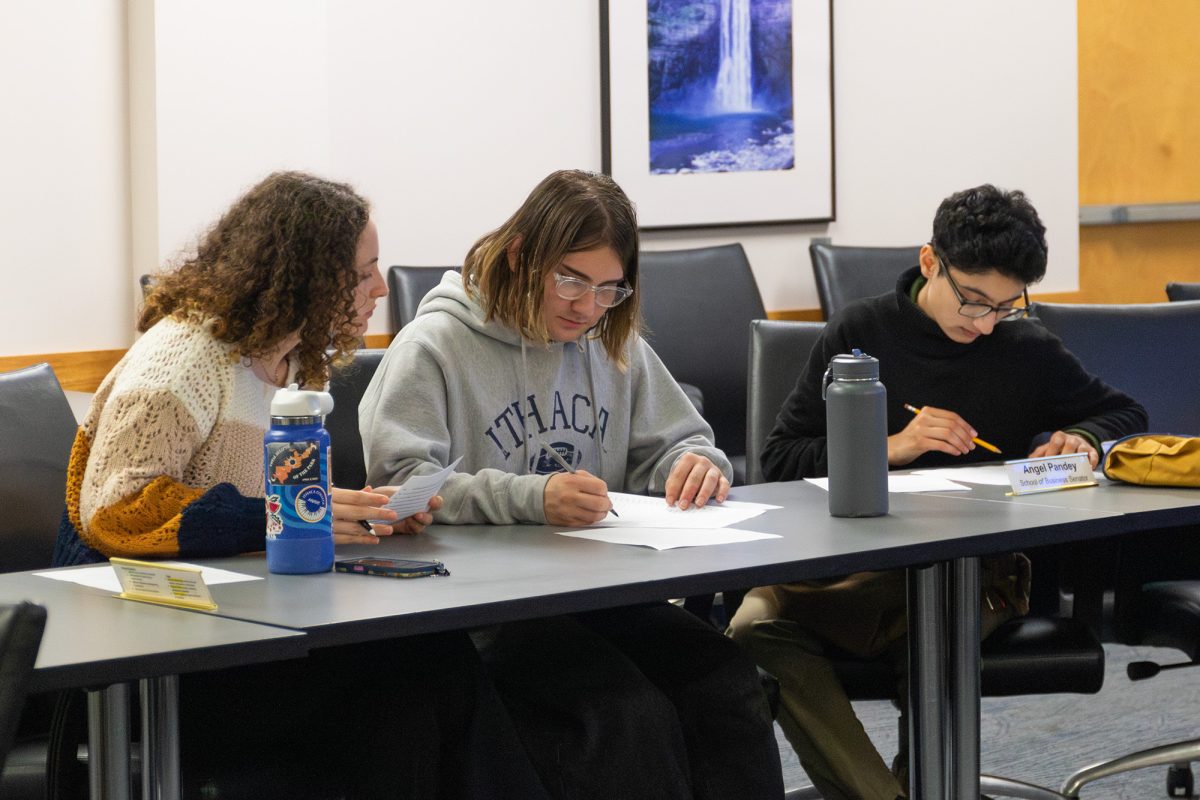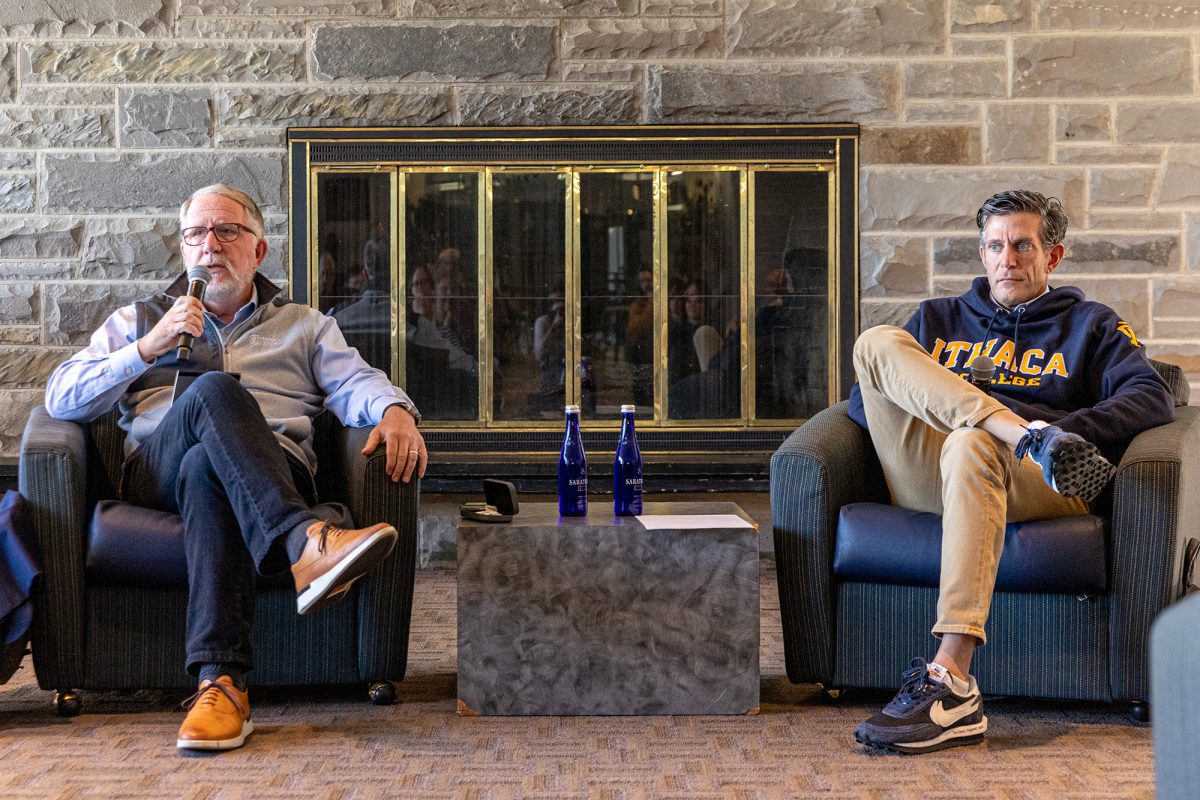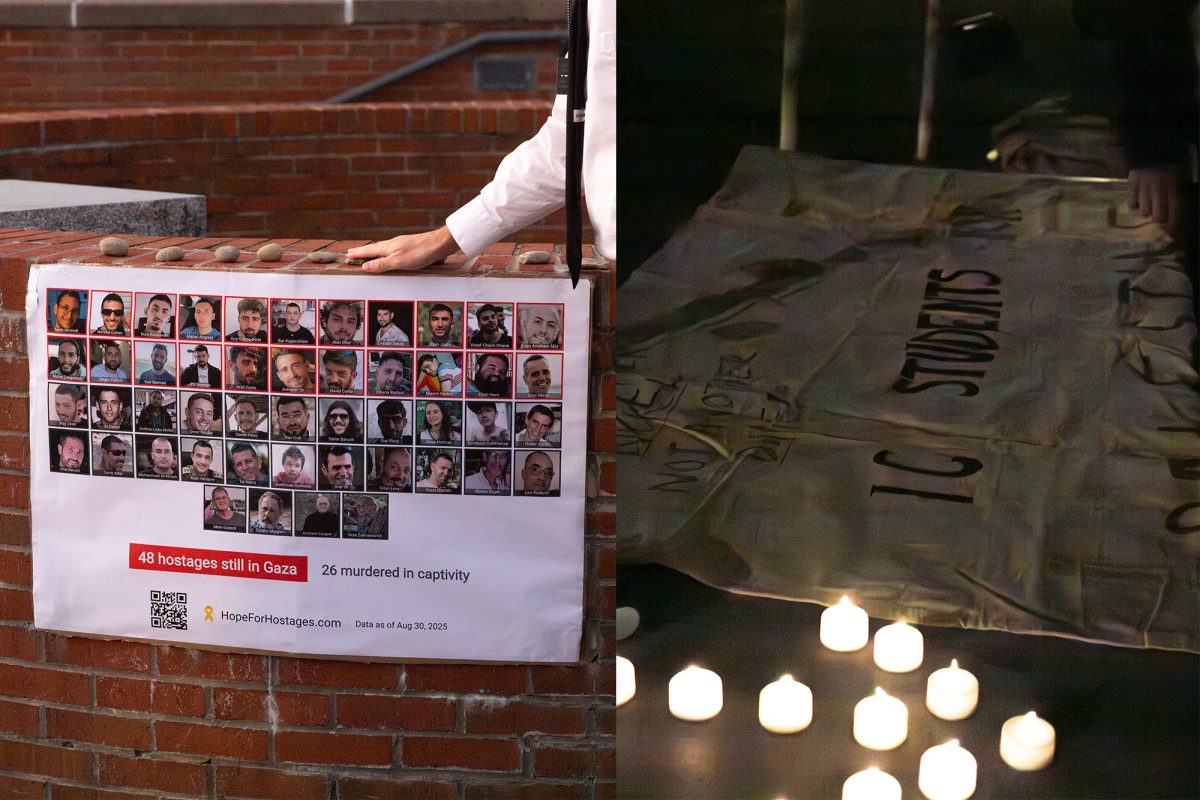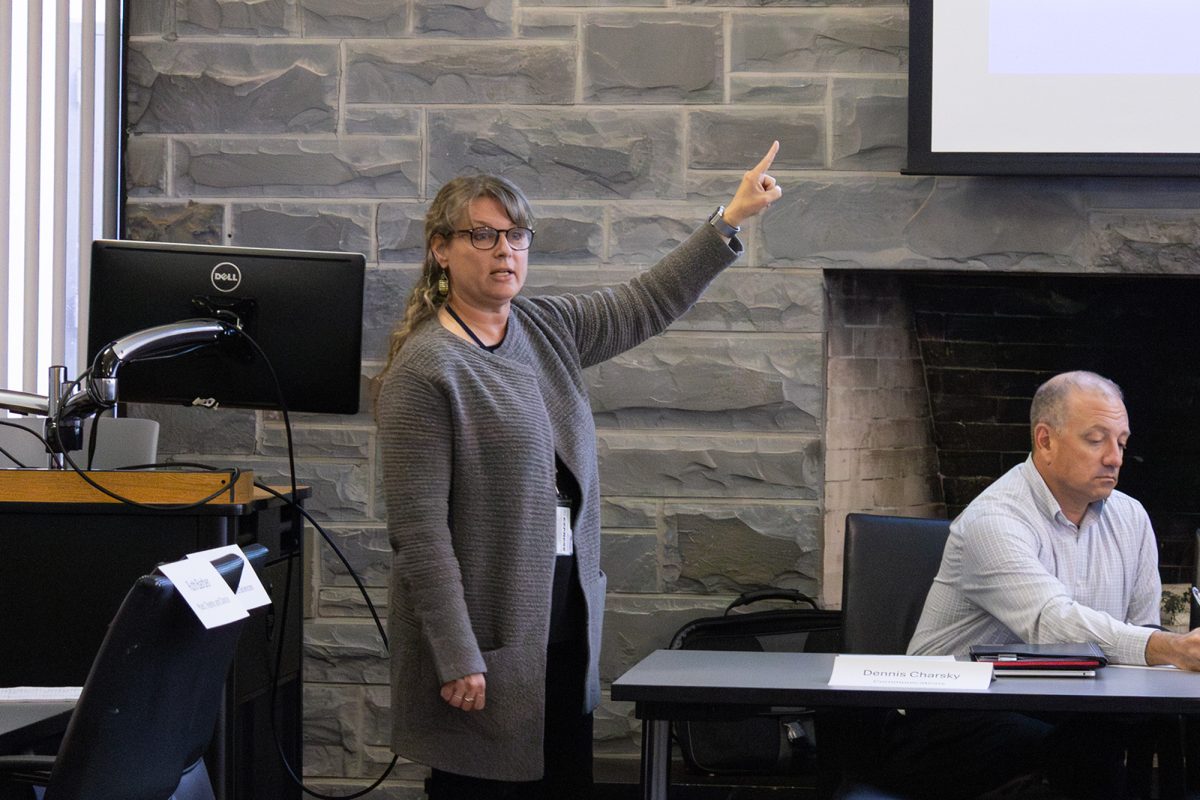Cheng Chen is a new assistant professor in the Department of Art, Art History, and Architecture at Ithaca College. Brought in at the start of Fall 2025, Chen is currently teaching Architecture Across Cultures and will be receiving his Doctor of Philosophy in Constructed Environment from the University of Virginia in December. He also enjoys mountain climbing and hiking with his husky, Hoover.
Contributing Writer James Ambrosini spoke with Chen about what led him to come to IC, the details of his work and what he plans to share with students interested in taking his classes.
This interview has been edited for length and clarity.
James Ambrosini: What led up to you arriving at IC to teach architectural studies?
Cheng Chen: I was raised and educated in China for my bachelor’s and master’s degrees in architecture, and also practiced architecture there as a project architect. In 2019, just half a year before the pandemic, I started my Ph.D at [the University of Virginia], as well as my first long term living experience in the U.S. I started learning and getting my candidacy there, and taught for one year as a lecturer. Then I flew to Africa for my field work. And I realized I just could not do both schedules of teaching at UVA and field work in Africa, so I just quit [teaching]. After several times over two years of field work, going back and forth, I met my partner. She’s also practicing architecture in New York, and so I moved to New York and I started teaching at Kean University and Columbia University while finishing my dissertation. So that’s basically the story before I landed here.
JA: What made you decide to come to Ithaca?
CC: I’m kind of an outdoor person. Even though I have a beautiful office, but I just don’t feel like I can stay there 24/7, so I need some escape to get my energy from nature. I think that’s a huge part, and personally, I feel close to some places or to some people I already know when I visited. My partner and I visited Ithaca last year; we enjoyed hiking all the Finger Lakes and the scenery. This is a super cozy and beautiful town, and a little similar setting with my hometown in the U.S., Charlotte, Virginia, where I did my Ph.D I visited many, many other places, and I just felt that ‘OK, this is the place’ because I feel like the students, my colleagues, the people in town and all the nature just makes me feel at home.’
JA: What are some design strategies or techniques you’ve seen other countries use in their infrastructure that you wish the Western world used more?
CC: This is a very excellent question; it inspired my current course I’m teaching that’s called Architecture Across Cultures, in which we highlight a non-European-centric or Western-centric narrative in architecture. There are many indigenous and spontaneous wisdoms outside the West, and sometimes they are not looking as fancy or looking so “advanced,” because of the power of the narratives and communication of them in [the] media. They are not [marketed] as good as Western ideas sometimes, and [students] feel a little bit nervous or cautious when they see something unfamiliar to them. I showed one picture in my class last week of the favelas in Brazil, and you will find that everyone’s roof has several rebars extruding out, and it’s actually living there as a foundation for future expansion. That way, when [the construction workers] finish this two-floor villa, if their family has the money and resources, and they have one or two new family members and decide to expand to the third floor, they can directly start from there, and it helps minimize disruption to the existing structure. So we always say that in the Global South, in architecture and urbanism, we have a context called post-colonialism, where all these newly independent countries have no resources, and this is the wisdom or knowledge that’s cultivated in very resource-limited conditions, but they still achieve that status.
JA: What do you hope to gain from your time at IC, in both your teaching and your research?
CC: I think one of the reasons I was hired was for my expertise in cross-cultural architecture and global architecture. I inherited the Architecture Across Cultures course from [another professor], and so I want to build on top of it and embrace our students with multicultural architecture and urbanism. … I also envision many other topics about non-Western architecture, through narratives and courses. As for my own research, my dissertation is not actually about design. I’m working on construction sites for railways and transnational airports in Africa, which means they are African infrastructure, but funded by Japan, by China, by the U.S., and how the construction gets delivered. I studied how migrant workers stay, leave and work. I’ll study financing stuff and talk about management, like how to manage 10,000 construction workers imported from China to Kenya, and how to run a migrant society. … I think in today’s world, interdisciplinary abilities are a super strong asset for our students. You are no longer just a craftsman; you need to know everything before you can deliver a design. I write papers not for architectural journals, but for geography journals. I write and publish at African Studies conferences, and also finance. I just want to broaden people’s boundaries here, and show them that ‘You are not just doing design. You do the investigation of everything behind the design, behind each and every single building.’


